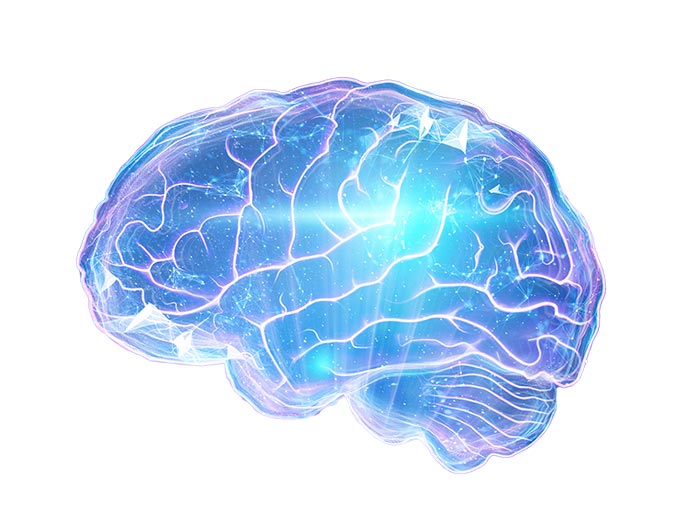Going beyond nanotechnology to find a more effective therapy for epilepsy
Dr Sasitharan Balasubramaniam Director of Research in Walton Institute, Waterford Institute of Technology and a Funded Investigator in FutureNeuro, the Science Foundation Ireland centre for neurological research, spoke to Niall Kitson in TechCentral.ie about the PRIME project. PRIME is looking to develop a ‘living brain implant’ to predict and suppress seizures in epilepsy patients. In this interview he explains the project and its broader applications.

Can you outline what PRIME is and how it works?
PRIME (Personalised Living Cell Synthetic Computing Circuit for Sensing and Treating Neurological Disorders) is a Horizon 2020 EU Future & Emerging Technologies Open project that is looking to build ‘living brain machines’ that can be inserted into the brain, and will have functions that mimic electronic implantable devices, but built purely from biological cells. The target application is for sensing and treating epilepsy.
This is achieved by engineering cells to sense specific types of molecules called tRNAs (transfer ribonucleic acids) that are emitted from neurons before a seizure occurs. Our cells then trigger the production of therapeutic molecules.
How is this project different from electronic solutions?
While there has been a tremendous amount of development in the field of micro-electronics and nanotechnology for brain implants, there are still numerous challenges that still exist.
First and foremost is that the sizes are still quite large if we are to distribute them in different locations of the brain. This means that minituarisation is key to ensure that we can place different devices in different locations so that we can target the sensing with very low quantity of molecules and at different parts of the brain.
Secondly, as with most electronic based implantable devices, power will always be an issue. While there has been tremendous development in wireless charging, such as through the use of ultrasound waves, or even energy harvesting, our proposed approach will use cells that consume energy from within the brian tissue. This, therefore, eliminates the need for a power source.
PRIME has an AI component to create an element of personalisation. How will this work?
All patients are different and the mechanism of developing seizures varies. The quantity and type of tRNAs will be different for every patient, therefore the density of the engineered cells required to optimally sense these tRNA molecules needs to be personalised.
The number of devices that we insert will also not be the same for all patients.
Besides this, PRIME is aiming to integrate molecular computing functions into the engineered cells to compute the sensed molecules in order to trigger and produce the therapeutic molecules. This computing function will also need to be personalised depending on the types and quantity of molecules to be sensed.
We will be using AI algorithms to design this personalisation factor for the devices in PRIME.
Your team encompasses researchers from overseas. How important is the element of international collaboration?
This is very important, because you can appreciate the multi-disciplinary nature of the project.
For example, the University of Ferrera have previous experience in engineered cells that can be used to produce therapeutic molecules, but they have not incorporate computing functions or personalisation into it.
At the same time, Tampere University have experitise in nanostructures and materials that are bio-compatible to the human body, which is important for the design of our device to be inserted safely into the neural tissue and can last for a long period of time.
We also have other partners such as Aarhus University focusing on designing the sensing of the molecules, and two SMEs OMIICS focusing on bioinformatics to analyse molecules secreted from the patients, and EPOS IASIS who have expertise in developing nanostructures to hold the engineered cells within the device using specialised materials.
As ICT researchers, we at the Walton Institute in WIT will focus on the AI design, molecular communication of molecules through the neural tissue and the computing aspect. Working with neuroscientists from RCSI will bring an ICT perspective towards treating epilepsy.
The cross-border collaboration with other European partners is extremely vital to make this project a major success.
The regulatory process can slow the pace of innovation. How long will it be before devices based on PRIME technology enter use?
This is a good question. I believe that a radical idea like PRIME will take a number of years before the technology can be used because it’s a major shift compared to the current solutions.
There are numerous working parts to realising our vision. Within the project itself we are aiming to develop the prototype and to do animal testing to demonstrate the sensing and the suppression capabilities.
Once that is successful, we can investigate other factors, such as the ability to prolong the lifetime of the engineered cells for long-term insertion into the brain, and also to do long term animal trials to see if there are any effects on the natural neurons.
Once extensive animal trials are conducted, we can be ready to do human trials. So we are talking about a good number of years before this technology can enter use.
Could this technology have applications for managing any long-term condition?
Yes absolutely. I believe that what we will create in PRIME is a platform that can be used to sense and treat numerous neurological diseases.
Another example I believe has potential is the ability to use this solution for sensing and treating glioblastoma, but possibly with other types of engineered cells compared to what we are using in PRIME.
I believe that by enabling miniaturisation and bio-compatability, we can also facilitate distributed placement into the brain in order to maximise its effectiveness in sensing and treatment, which also means that we should be able to cater for other diseases.







